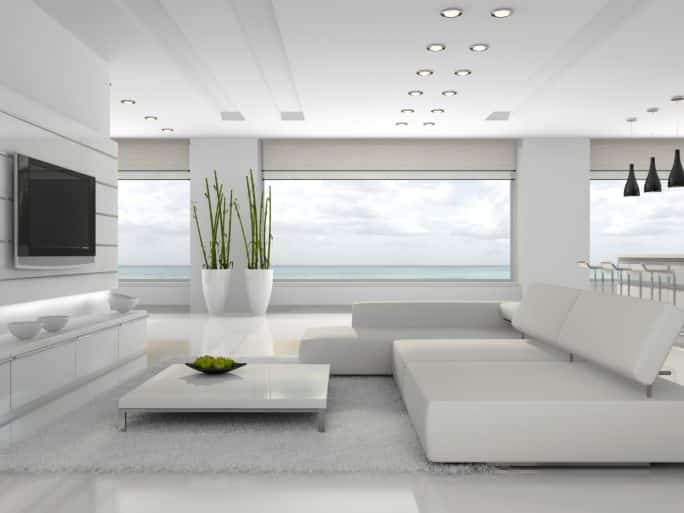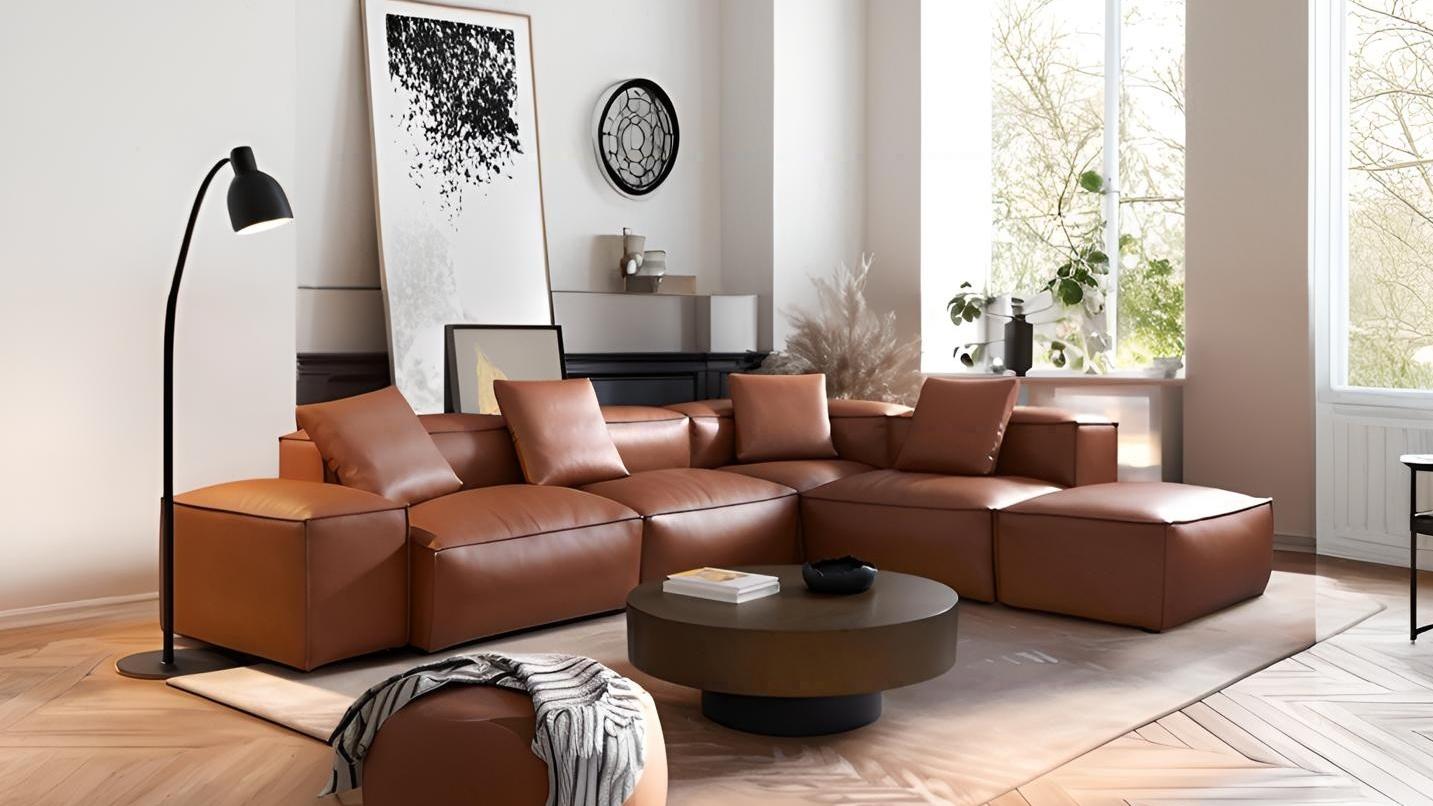What Are the Latest Trends and Innovations in Minimalist Design and Decor?
Kim Kardashian’s splendid minimalist home went viral a few years ago. She said, “>Everything in my home is really minimal>. I find that there is so much chaos out in the world that when I come home, I want it to be really quiet, and I want everything to feel calming.”
Minimalism involves stripping down objects to their most basic form. Minimalist decor is about clean lines, a monochromatic palette with color used as an accessory, open floor plans, simplicity, functional furniture, and lots of light. Everything must be functional and should go well with the rest of the things. Such decor gives the impression of an open, clean, clutter-free, and relaxing setting.
However, careful consideration goes into achieving the minimalist look so as to make sure that the space does not look cold, lifeless, or unlived. Check out this guide to learn about the latest minimalist decor ideas.
Exploring Trends for Your Minimalist Decor Ideas
Dive into the world of minimalist decor, where the art of simplicity and innovative trends go hand in hand. This collection of trends and ideas showcases how minimalism is taking on new dimensions while staying true to its core.
1. Sustainable Minimalism
Sustainability is the need of the hour, considering the state of our deteriorating environment. Combining sustainability with minimalism involves eco-friendly materials, upcycled furniture, energy-friendly concepts and appliances, and natural furniture. The idea behind it is to create a minimalist space while reducing environmental impact.
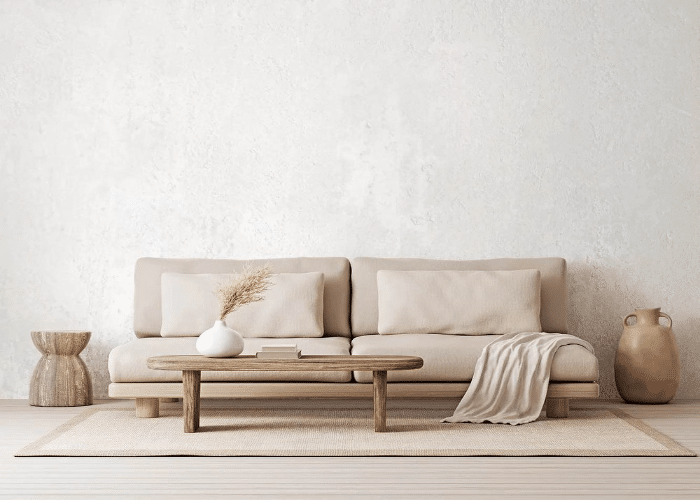
2. Biophilic Minimalism
For all the nature enthusiasts who want to include nature in their homes without the clutter that follows, biophilic minimalism is the solution. Natural materials like stone, wood, and plants are used to connect with the outdoors and create a sense of tranquility and freshness.

Negative space or white space is space that is left intentionally empty to give the feeling of openness and visual balance. Such a decor provides loads of free movement space, and the room looks bigger due to empty spaces.
Negative Space Minimalism
Negative space or white space is space that is left intentionally empty to give the feeling of openness and visual balance. Such a decor provides loads of free movement space, and the room looks bigger due to empty spaces.
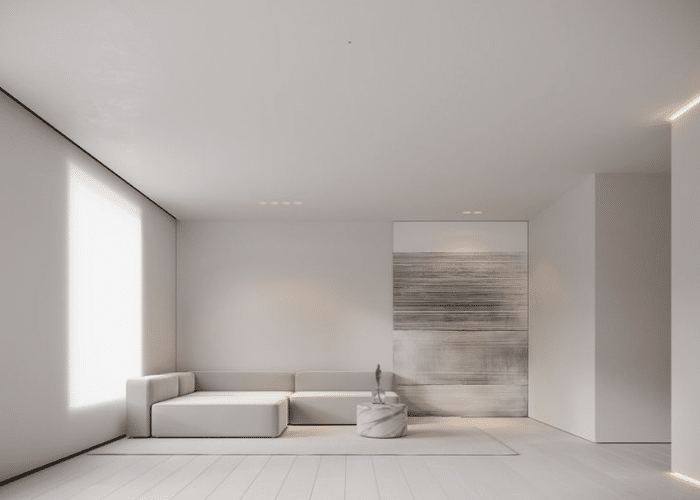
4. Artful Minimalism
A focal point and a sense of personality can be added to the minimalist decor by incorporating properly chosen art pieces. This trend involves choosing art that complements the overall minimalist aesthetic.

5. Digital Detox Minimalism
Excessive exposure to the digital world has created a need for spaces free of digital influences. The minimalist decor has included this need, and spaces are carved out for people to retreat to for a digital detox. These places contain comfortable furniture, minimal distraction, and soothing colors to control sensory overload and calm one’s mind.
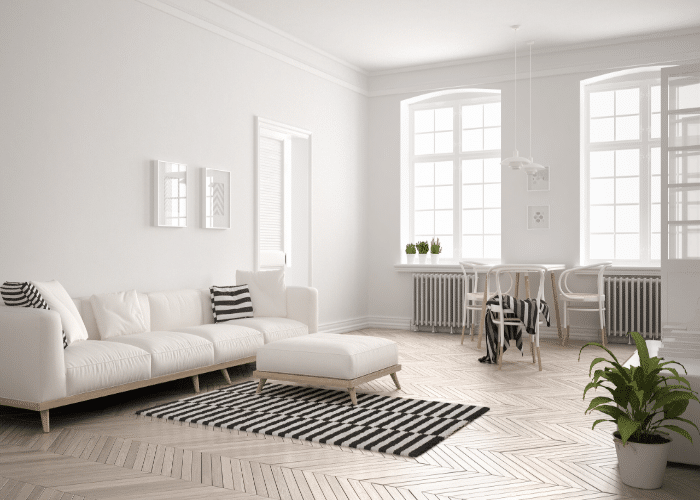
6. Multifunctional Furniture
Minimalist living often requires saving and managing space sensibly. Multifunctional furniture pieces, such as sofas that can convert into beds or coffee tables with hidden storage, help maximize functionality without cluttering the space.
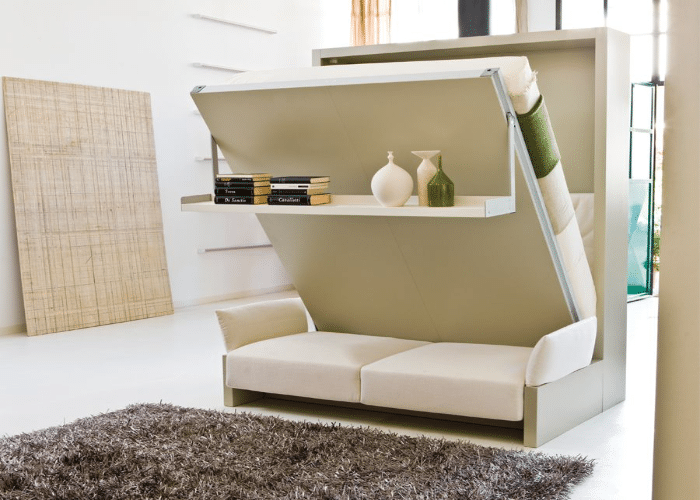
7. Warm Minimalism
Traditional minimalism often featured a neutral color palette. However, there has been a shift towards including warmer tones and textures. This adds depth, coziness, and a personal touch to the minimalist decor without violating the simplicity.
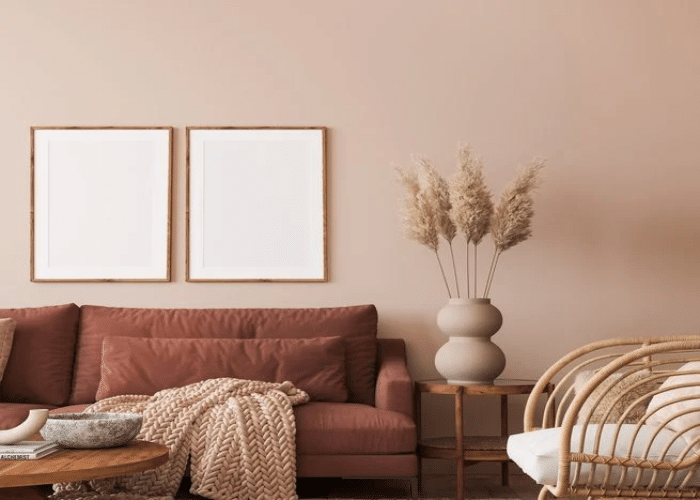
8. Curated Clutter
Minimalism does not necessarily have to mean empty or a lack of things. You can add a number of carefully curated things to include in your minimalist decor. As long as your space looks uniform, well-connected, spacious, and comfortable, curated clutter fits your minimalist decor idea.
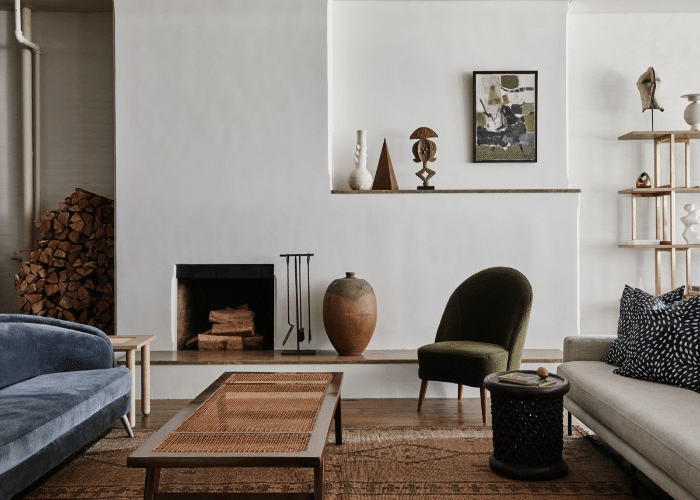
9. Japanese Minimalism
The popular aesthetic in Japan is known as amor vacuii. The cultural idea known as “Ma Ma” (pronounced “maah”) is a celebration of not objects but the space between them, and it is this love of emptiness that describes it. It is about emptiness, voids, and space. Japanese minimalist decor is defined by wide negative spaces, neutral colors, nature, and simplicity.

10. Scandinavian Minimalism
Scandinavian minimalist interior design seeks to generate a sense of freedom, lightness, and openness. This concept was born partly out of necessity. Such an interior was needed to withstand the harsh weather conditions of the area, and since the people spent a lot of time indoors, there was a need for light, open, and comfortable spaces.

Each trend goes well with the minimalist aesthetic and promotes a calm, clean, and spacious environment.
Benefits of Minimalist Decor
Minimalist decor offers many benefits for a more peaceful, organized, and clean living. Here are some key advantages of minimalist decor:
- Reduced Stress: Since minimalist decor utilizes the barest of objects, you are free of visual clutter, resulting in cleaner and more organized spaces. This leads to lower stress levels and a calmer environment since you will have fewer things to manage.
- Easier Maintenance: Minimalist spaces are easier to clean and manage due to the lack of excess items. This saves time and energy, which allows you to dedicate more of it to yourself.
- Positive Impact on Well-Being: Living in a decluttered and organized space can positively impact your mental and emotional well-being. It’s easier to relax and unwind in an environment that is visually pleasing and free from chaos.
- Sustainability: Minimalist decor and sustainability go hand in hand because it goes against the policy of excessive consumption and waste. This can have a positive impact on the environment.
Conclusion
With the ‘Less is More’ ideology, Minimalist Decor has taken over the world so quickly. Some minimalist ideas and trends allow us to stay true to the concept of minimalism but also allow us to have a personal element and character in our space.
From sustainability to the usage of warm tones and nature-inspired elements, the benefits of minimalist decor are vast and quite obvious. By accepting the minimalist aesthetic, people have created spaces that offer mental peace, reduce stress, and encourage healthy living.

